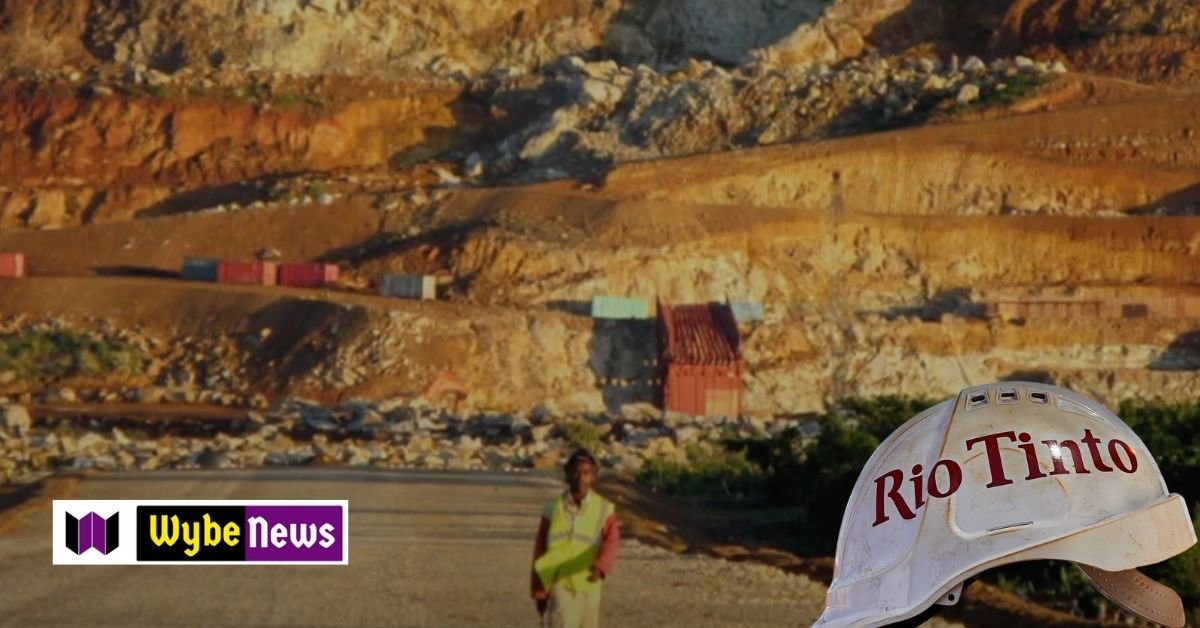Rio Tinto Faces Lawsuit over Pollution Allegations at Madagascar Mine

Rio Tinto Faces Lawsuit over Pollution Allegations at Madagascar Mine
In a significant legal development, global mining giant Rio Tinto is now confronting the prospect of a lawsuit in an English court over allegations of environmental contamination and health risks associated with its operations in Madagascar.
The accusations stem from the activities of Rio Tinto subsidiary QIT Madagascar Minerals (QMM) at a mine extracting ilmenite, a crucial component for various industrial applications including paints, plastics, and paper.
The legal action, spearheaded by UK-based law firm Leigh Day on behalf of villagers residing near the mine, accuses Rio Tinto of polluting waterways and lakes with harmful levels of uranium and lead, posing serious health hazards to the local population.
Elevated blood lead levels have been detected in numerous individuals, raising concerns about potential health implications. Despite Rio Tinto’s denial of the allegations and references to water analysis reports indicating no significant contamination, the situation remains contentious.
Madagascar’s environmental regulator, the National Office for the Environment (ONE), has defended QMM’s activities, citing previous tests that allegedly found no evidence of contamination. However, recent findings and ongoing community grievances suggest a deeper environmental and public health crisis.
Challenges Faced by Rio Tinto
The controversy surrounding Rio Tinto’s operations in Madagascar is not new. Over the years, the company has faced accusations of ecological damage, displacement of local communities, and failure to fulfill promises of employment and economic benefits.
The current lawsuit adds to a litany of challenges Rio Tinto has encountered globally, including environmental controversies and corporate governance issues.
Implications and Stakeholder Concerns
The implications of this legal battle extend beyond Rio Tinto’s bottom line, resonating with broader concerns about corporate accountability and environmental justice.
As communities worldwide grapple with the consequences of industrial activities on their surroundings, the outcome of this case will be closely monitored by stakeholders, including investors, environmental activists, and regulatory authorities.
For the affected villagers in Madagascar, the lawsuit represents a quest for justice and accountability in the face of alleged environmental degradation and health risks.
As the legal proceedings unfold, the spotlight remains on Rio Tinto’s operations and its commitment to sustainable practices and community welfare, both in Madagascar and beyond.






